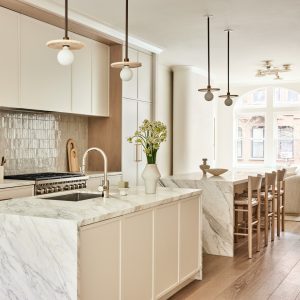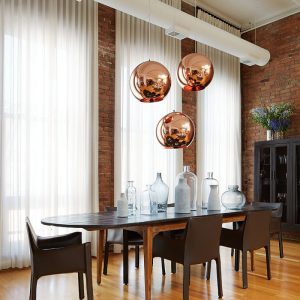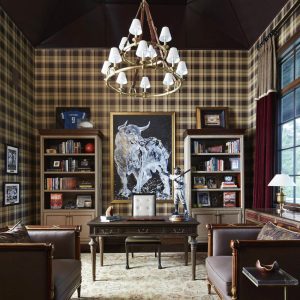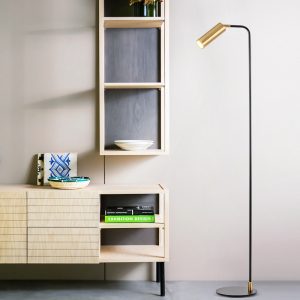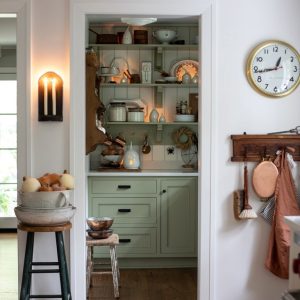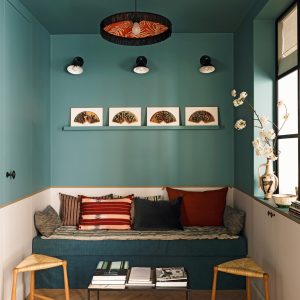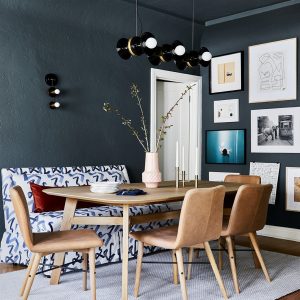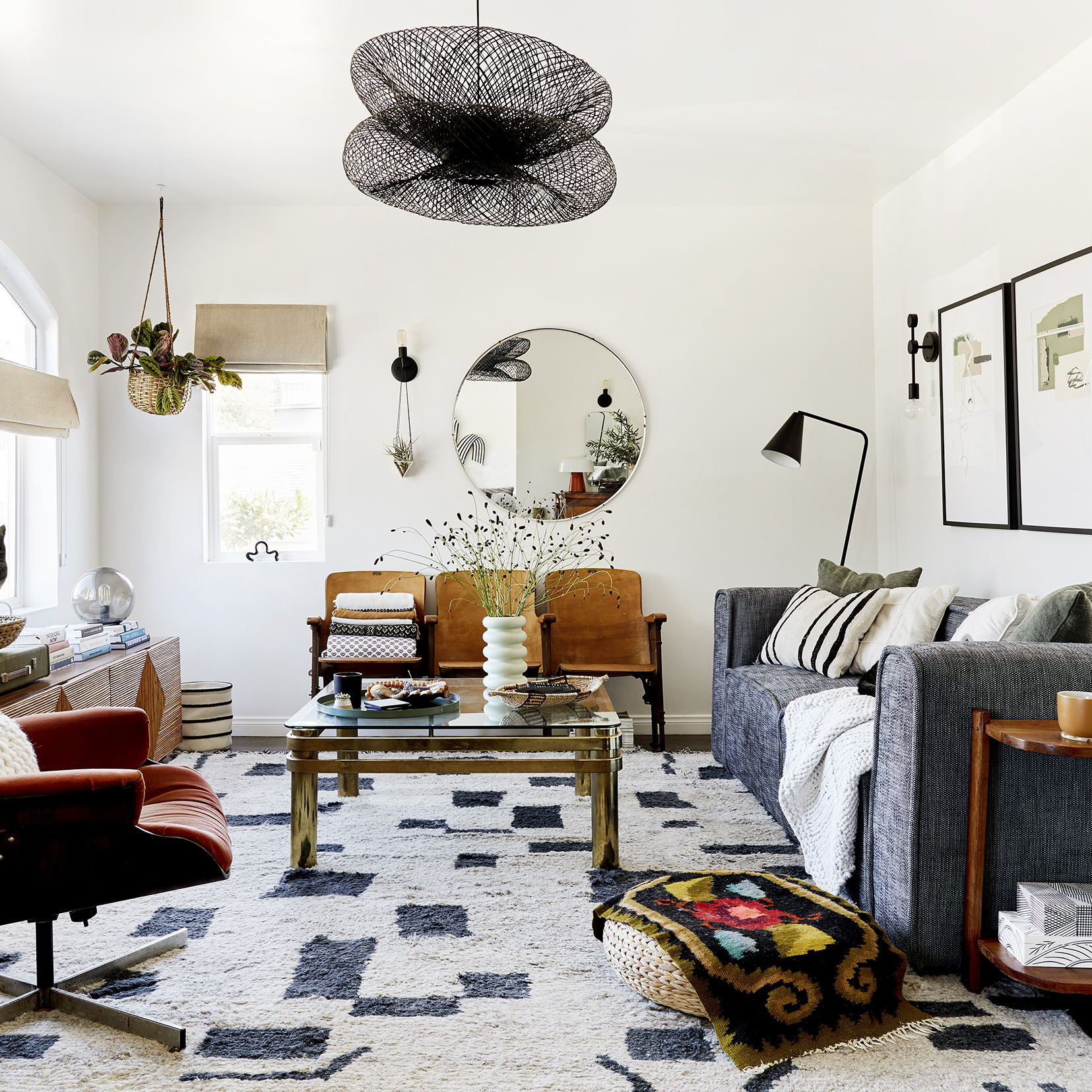
Lighting is an essential element in any space. It can transform a room’s atmosphere, create a focal point, and highlight your decor. But with so many lighting options available, it can be overwhelming to choose the right one. That’s where tiered lighting comes in.
What is Tiered Lighting?
Tiered lighting is a design technique that involves using a combination of lighting types to create a layered effect. The layers illuminate various parts of the space, creating depth, and enhancing the ambiance. The three types of lighting used are ambient, task, and accent lighting, each serving a different purpose.
Ambient Lighting
Ambient lighting is the primary source of illumination, providing a general level of light for the entire space. It is the foundation of the tiered lighting system and sets the overall mood. Common examples of ambient lighting are chandeliers, recessed lights, and overhead fixtures. It creates a soft, even light that does not cast harsh shadows, creating a welcoming and comfortable environment.
Task Lighting
Task lighting is focused on specific areas to help you perform tasks such as reading, working, or cooking. It provides an increased level of illumination to ensure you can see clearly while performing these tasks. Examples include desk lamps, reading lamps, and under-cabinet lighting in the kitchen. Task lighting should be adjustable, so you can direct the light where you need it most.
Accent Lighting
Accent lighting is used to highlight a particular area or feature in a room, such as artwork or architectural details. It creates visual interest, adds depth to the space, and draws attention to specific elements. Examples of accent lighting include wall sconces, spotlights, and picture lights. Accent lighting is often adjustable and often dimmable, so you can control the light’s intensity and direction.
Why Use Tiered Lighting?
Tiered lighting is an artful way to illuminate your space, creating a sophisticated and dynamic environment. It has many benefits, including:
- Enhances the mood of the space
- Creates visual interest
- Increases functionality by providing task lighting
- Highlights key design features
- Provides flexibility and control over the lighting
How To Implement Tiered Lighting?
Implementing tiered lighting is simpler than you might think. Follow these steps to create your own artful lighting design:
- Assess your space and identify areas where you need lighting. Determine the purpose of each area and what lighting best serves those needs.
- Choose lighting fixtures that create the desired ambiance and effect. Select fixtures that complement your decor and fit your budget. It’s important to consider the size of the space and the height of the ceiling when choosing fixtures.
- Layer the lighting in a way that will create balance and harmony. Start with a base of ambient lighting, then add task and accent lighting where needed. Play with the intensity and direction of the light to create the desired effect.
- Install dimmer switches, so you can adjust the light levels according to your needs, mood, and time of day. With dimmer switches, you can create different lighting scenes for different occasions.
- Add in accessories like lamps, shades, and bulbs that can help you fine-tune the lighting to create the perfect atmosphere.
Tiered lighting is a versatile and artful way to illuminate your space. It adds depth and sophistication to any room and enhances the ambiance. By using a combination of ambient, task, and accent lighting, you can create a layered effect that highlights your decor and creates a comfortable environment. So, why not try tiered lighting in your space and see how it transforms the atmosphere?

